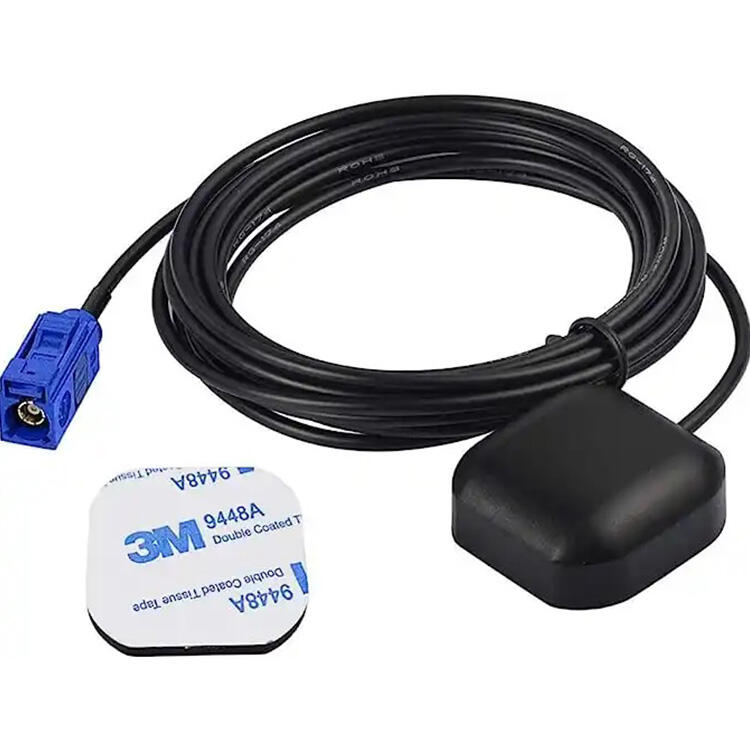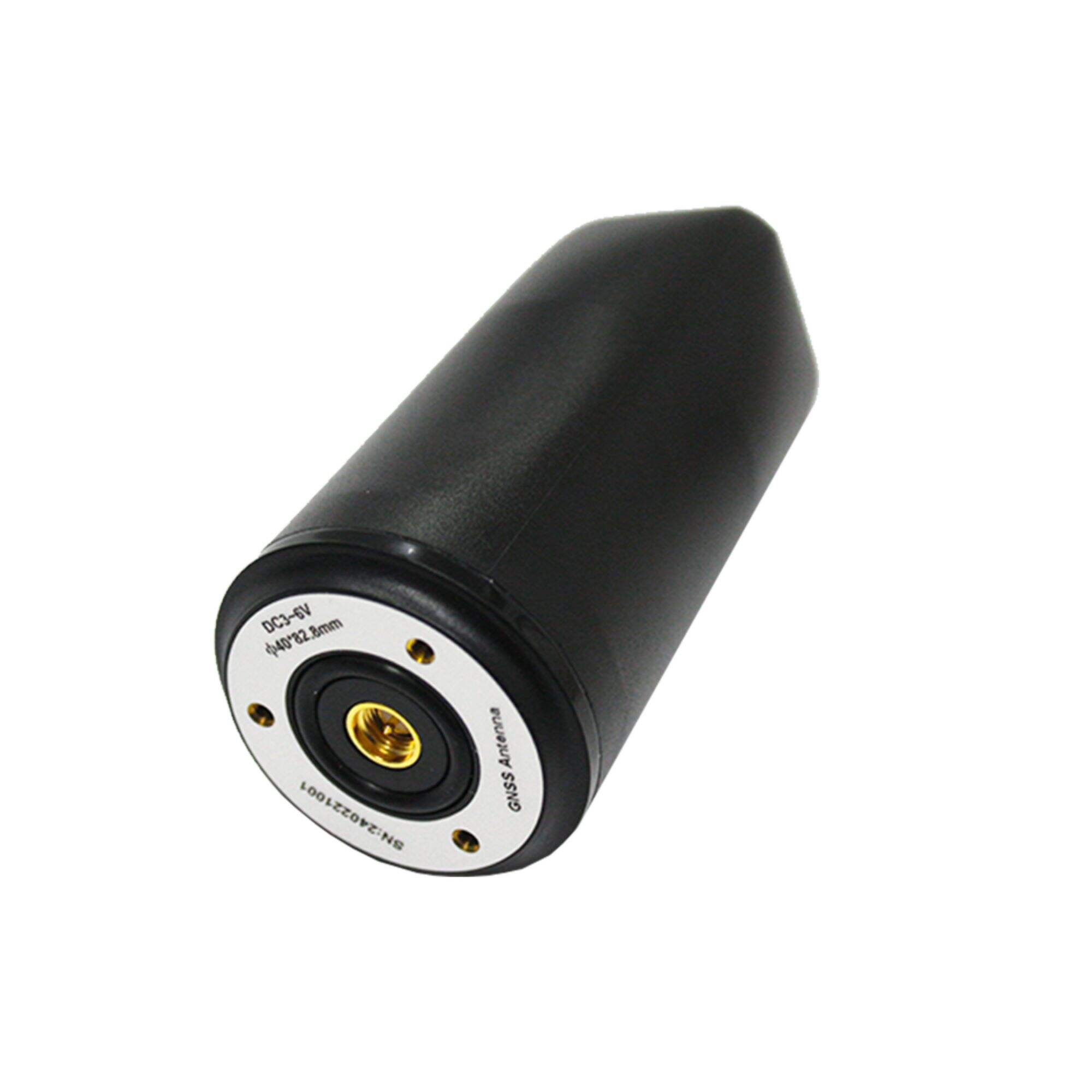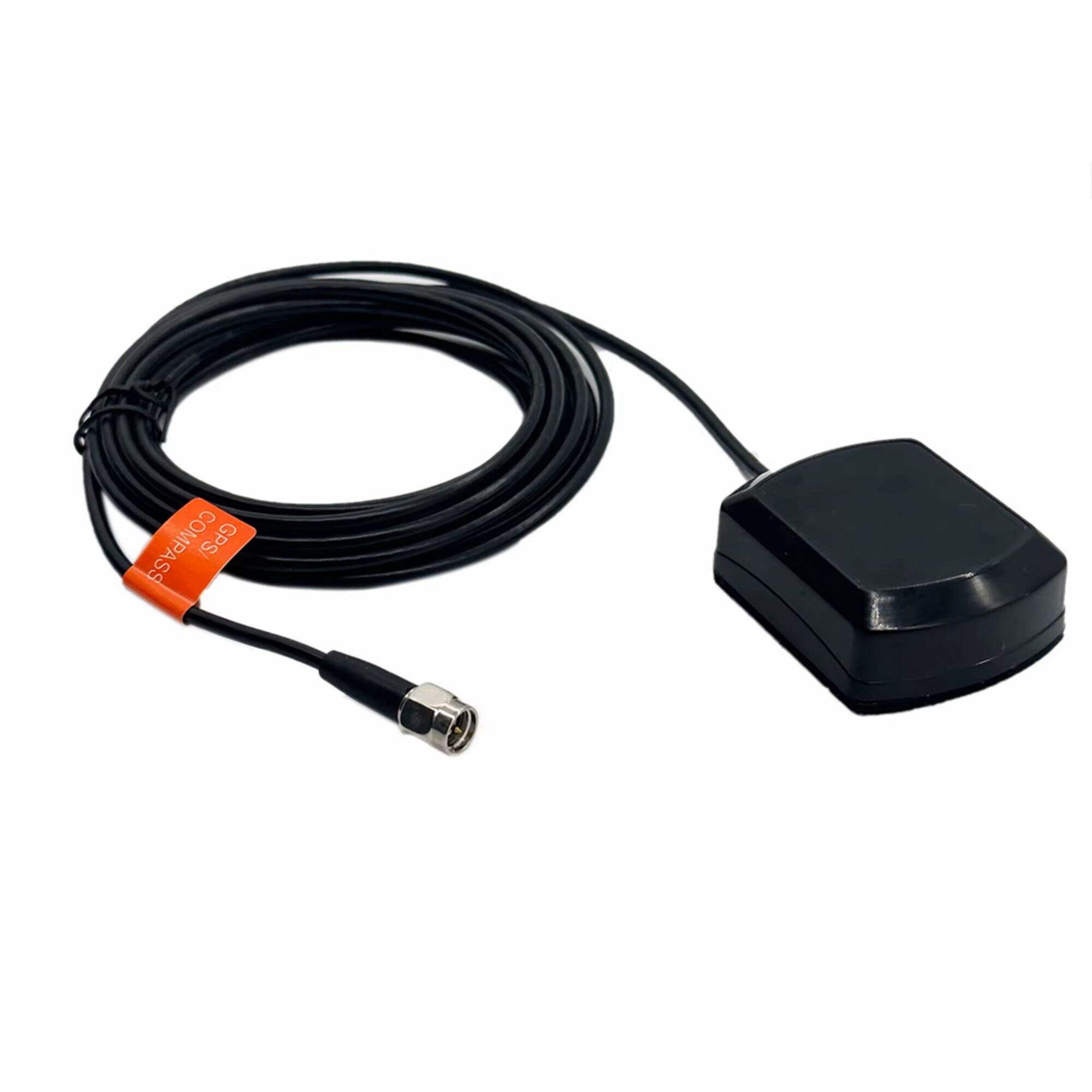전 세계 어디에 있는지 확인하는 데 유용한 도구인 글로벌 포지셔닝 시스템(GPS)은 매우 편리한 기술입니다. 이는 지도 작성, 토지 조사, 심지어 농업에 이르기까지 다양한 분야에서 응용되어 수확량을 지원하고 개선하는 데 사용됩니다. GPS는 우주 궤도상의 위성으로부터 신호를 지상의 수신기에 전달하여 위치를 파악하는 서비스입니다. 예를 들어, 이러한 신호를 수신하는 특수 장치인 GPS 안테나가 있습니다.
가장 일반적인 유형의 GPS 안테나는 L1, L2 그리고 (위성 기술이 아직 완전히 발달하지 않았기 때문에) 다소 덜 사용되는 더 고급 신형 안테나입니다. 세일 보트에서는 다른 용도에 비해 자주 필요하지 않을 수 있습니다. 안테나는 다양한 주파수의 GPS 신호를 수신하도록 설계된 유형입니다. 주파수는 안테나가 수신할 수 있는 모든 다른 채널을 의미합니다. 이 세 가지 유형의 안테나를 함께 사용하면 우리가 실제로 어디에 있는지 정확히 알 수 있어야 합니다. 그래서 우리는 당신이 어디에 속하는지, 그리고 어떻게 진행해야 하는지를 알 수 있습니다.
이것은 GPS 위성으로부터 마이크로초 단위로 도착하는 신호들입니다. 현재 지구 주변을 빠르게 움직이는 상태입니다. 이러한 신호들은 GPS 안테나에 의해 수신되어 GPS 수신기로 전송됩니다. GPS 수신기는 신호 처리를 수행하여 위치와 속도 같은 유용한 정보를 추출하는 지능형 컴퓨터입니다. 이를 통해 우리가 어디에 있는지 그리고 얼마나 빨리 움직이고 있는지를 알 수 있습니다.
정밀 농업: 정확한 측정값은 작물과 물, 비료 같은 자원에 유용하며, 이를 통해 농부는 더 많은 생산을 할 수 있습니다. 따라서 이 방법으로 농부는 돈을 절약하고 동시에 환경을 보호할 수 있습니다.

L1, L2 또는 L5 용도에 맞는 적절한 GPS 안테나를 선택하는 것은 다소 복잡할 수 있습니다 - 하지만 무엇을 찾아야 하는지 알면 그 문제가 해결됩니다. 선택을 할 때 고려해야 할 필수적인 요소 중 일부는 다음과 같습니다:

일반적으로 이는 모든 GPS 안테나가 같은 신호를 수신하지 않기 때문에 다양한 주파수를 포함합니다. 올바른 주파수 선택은 적절한 대역을 선택하는 것이 정확한 위치 측정을 얻는 데 중요하기 때문입니다. 일치도가 높을수록 성능이 더 좋습니다.

증폭: 증폭은 안테나가 신호에 얼마나 민감한지를 나타내는 지표입니다. 증폭이 높다는 것은 안테나가 낮은 전력의 신호도 포착할 수 있음을 의미합니다. 이는 GPS로 정확한 정보를 얻어야 하는 사람들에게 특히 중요합니다. 왜냐하면 이를 통해 데이터를 못 받을 확률이 줄어들기 때문입니다.
Signal Plus Technology Co, Ltd.는 2G/3G/4G/5G, WiFi 안테나, Lora, GPS, FPC/PCB, Combo, l1 l2 l5 gps 안테나를 제공하며, 9000평방미터 규모의 시설과 번성하는 연구개발팀을 보유하고 있으며, Signal Technology Co., Ltd.는 2015년에 설립되었습니다.
20명 이상의 구조 엔지니어와 RF 엔지니어, 285명의 생산 근로자, 1만 평방미터 공장이 있습니다. 회사는 통신 안테나 및 GPS 안테나 관련 62건의 특허를 보유하고 있으며, 여러 국가와 지역의 l1 l2 l5 gps 안테나를 제공합니다.
Signal Plus는 10년 이상의 제조 경험이 있는 LTE 안테나, GPS 안테나 업계입니다. 연간 출하량은 l1 l2 l5 gps 안테나 안테나 유닛에 도달합니다. 회사는 모든 고객의 요구를 완전히 충족시키는 450명 이상의 직원과 20개의 생산 라인을 보유하고 있습니다.
l1 l2 l5 gps 안테나 시뮬레이션 서비스 HFSS 소프트웨어. 우리는 HFSS 소프트웨어의 시뮬레이션 서비스를 제공합니다.